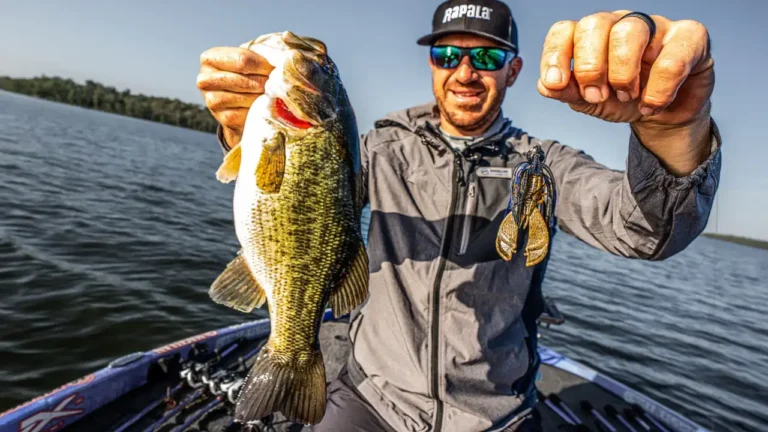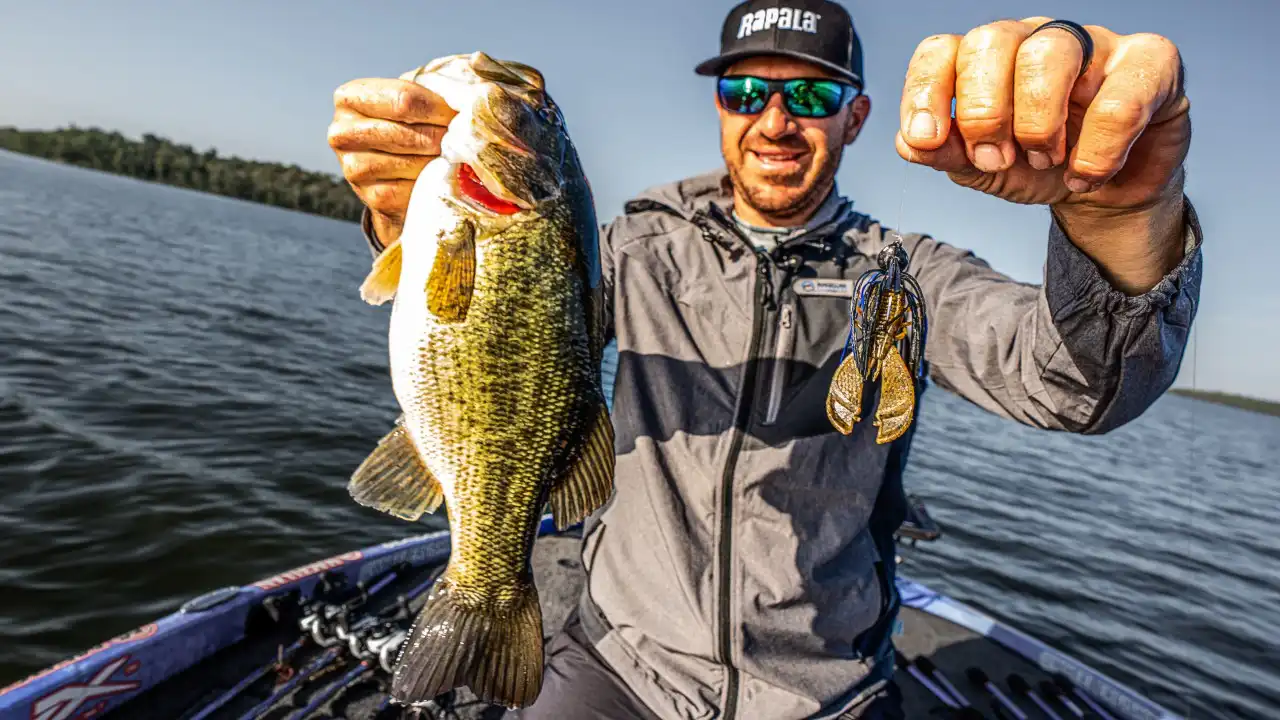Choosing the right kayak hinges on your intended activities and skill level. Consider the kayak’s size, type, and features for an optimal paddling experience.
Embarking on the quest for the perfect kayak can feel like navigating through a maze of shapes, sizes, and uses. Beginners tend to focus on stability and ease of use, while seasoned paddlers look for performance and specific features. Whether you’re planning to glide across serene lakes, navigate river rapids, or fish in tranquil waters, the right choice enhances safety and enjoyment.
The perfect kayak not only fits your body but also your ambitions on the water, ensuring that your aquatic adventures are both thrilling and secure. Take into account the material, weight capacity, storage options, and comfort when selecting your vessel. The decision becomes easier once you align your needs with the varied designs built for different environments and purposes.

Credit: www.wired2fish.com
Understanding Kayak Types: A Guide To Picking Your Paddle Craft
Embarking on a kayak adventure stirs up excitement and questions. “What kayak suits me best?” is often at the top of the list. This section dives into the varied world of kayaks. It showcases options for seasoned paddlers and newcomers alike. Deciphering between kayak types ensures a tailored experience on the water.
The Various Kayak Classes: Sit-in Vs. Sit-on-top
Choosing the right kayak class is crucial for comfort and performance. Here’s a quick comparison:
- Sit-in kayaks feature an enclosed cockpit. They shelter paddlers from the elements. They offer enhanced control, making them a top pick for cooler climates.
- Sit-on-top kayaks are open and easy to enter. They’re forgiving for beginners and ideal for warm environments or casual use.
Specialized Kayaks: Touring, Fishing, And Whitewater
Kayaks come in designs tailored to specific activities:
| Touring Kayaks | Fishing Kayaks | Whitewater Kayaks |
|---|---|---|
| Sleek and long, these track well in open waters. | Stable with rod holders and gear storage, perfect for anglers. | Compact and durable to manage rapid rivers. |
Inflatable Vs. Hardshell: Assessing Portability And Performance
When it comes to portability and performance, your choice matters:
- Inflatable kayaks: lightweight, easy to transport and store. They fit in a backpack and set up within minutes. Ideal for those with limited space.
- Hardshell kayaks: offer unmatched performance. They’re the go-to for precision and speed. Their rigid build requires more storage space and a vehicle rack for transport.

Credit: www.wired2fish.com
Factors To Consider When Choosing A Kayak
Choosing the right kayak involves more than just finding one that looks good. A kayak that suits your body size, skill level, and activity can enhance your experience on the water. Be sure to consider these key factors before making your purchase.
Assessing Kayak Length And Width For Stability And Speed
Kayak dimensions significantly impact performance. Length and width determine how the kayak handles in different conditions.
- Longer kayaks – Faster and track straighter.
- Shorter kayaks – Easier to turn, good for quick maneuvers.
- Wider hulls – Offer more stability, great for beginners.
- Narrow hulls – Faster, suited for experienced paddlers.
Material Matters: Durability And Weight
| Material | Durability | Weight |
|---|---|---|
| Polyethylene | High impact resistance | Heavier |
| ABS Plastic | Better UV protection | Moderate weight |
| Composite | Lightest and strongest | Light weight |
Pick a material that balances durability with easy handling.
Comfort And Ergonomics: Seating And Cockpit Design
Never overlook comfort. It can make or break your kayaking experience. Pay attention to the seat and cockpit.
- Adjustable seats – Fit your body shape better.
- Padding and back support – Reduce fatigue.
- Large cockpit – Easier entry and exit.
- Foot pegs – Provide leverage and a better fit.
Choose a design that allows you to paddle for hours without discomfort.
Where Will You Paddle? Matching Kayak To Environment
Finding the perfect kayak means considering where you’ll paddle. Different waters call for specific kayak designs. Let’s dive into which kayaks suit various paddling environments.
Calm Waters: Kayaks For Lakes And Slow-moving Rivers
Still waters beg for leisure and stability. Recreational kayaks dominate lakes and calm rivers.
- Long, flat hulls for steady glides.
- Wide beams enhance stability.
- Extra space for comfortable seating.
Ocean And Surf Kayaking: Navigating Coastal Conditions
Ocean waves require expertise and the right kayak.
| Feature | Benefit |
|---|---|
| V-shaped hulls | Cut through waves |
| Rudders or skegs | Keep straight paths |
| Waterproof compartments | Protect gear |
Rapid Ready: Kayaks For River Running And Whitewater
Whitewater thrills demand agile, durable kayaks.
- Short length for maneuverability.
- Robust build to survive impacts.
- Rocker profile to climb waves.
Practical Tips And Tricks For The Aspiring Kayaker
Kayaking opens up a world of adventure. Whether you’re aiming to relax on calm waters or tackle roaring rapids, picking the right kayak is crucial. Equip yourself with the right know-how to embark on your paddling journey confidently.
Test Paddling: The Importance Of Trying Before Buying
Test paddling is like a test drive for kayaks. It’s your chance to feel the kayak’s fit, handling, and comfort. You wouldn’t buy a car without driving it first, right? Apply the same rule to kayaks. Most shops offer demo days where you can try different models.
Consider these points when test paddling:
- Stability: Is it steady on water?
- Comfort: Can you sit in it for hours?
- Maneuverability: Does it turn easily?
- Speed: Does it glide efficiently?
Kayak Storage And Transportation Solutions
Think about where you will keep your kayak. Indoor storage is ideal, but outdoor covers can protect it too. Racks and mounts keep kayaks secure and save space.
For transportation:
- Rack systems fit most vehicles.
- Trailers haul multiple kayaks easily.
- Use foam blocks for short trips without a rack.
Always ensure your kayak is tightly secured before hitting the road.
Safety Gear And Essential Accessories For Your Kayak
Safety should be your top priority. Essential gear includes:
| Item | Use |
|---|---|
| Life Jacket | Keeps you afloat in emergencies |
| Helmet | Protects your head in rough waters |
| Whistle | For signaling in distress |
| Paddle Leash | Secures your paddle to the kayak |
| Bilge Pump | Removes water from the kayak |
Accessorize for convenience and comfort. Paddle grips, cushioned seats, and waterproof cases improve your experience. Regular maintenance keeps your kayak in top shape. Always perform a safety check before each trip.

Credit: www.amazon.com
Frequently Asked Questions Of Choosing The Right Kayak
What Are The Three Golden Rules Of Kayaking?
The three golden rules of kayaking are maintaining a proper paddling technique, wearing a life jacket at all times, and being aware of weather conditions and water currents.
How Do I Choose The Right Size Kayak?
Consider your body weight and the kayak’s weight capacity. Match the kayak length to your intended use; shorter for agility, longer for speed. Ensure the cockpit size allows comfortable entry and exit. Evaluate the kayak’s width for stability. Finally, factor in storage space for gear.
How Do I Choose A Kayak For Beginners?
Choose a stable, wide kayak with a comfortable seat. Prioritize models designed for beginners. Ensure it matches your weight capacity and planned use, such as calm lakes or slow-moving rivers. Opt for durable construction and check for available storage.
What Should I Look For In A Kayak?
Consider kayak type (recreational, touring, or inflatable) based on use. Check the kayak length for stability and maneuverability. Assess material for durability and weight. Prioritize comfortable seating and adjustable footrests. Ensure ample storage for gear.
Conclusion
Selecting the right kayak is essential for your water adventures. It ensures comfort, safety, and enjoyment. Remember to consider the kayak type, size, and features that meet your needs. With the right choice, you’re set for a memorable paddling experience.
Happy kayaking!

